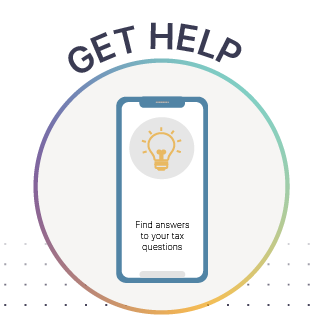The Protecting Americans from Tax Hikes (PATH) Act made the following changes, which became effective for the 2017 filing season, to help prevent revenue loss due to identity theft and refund fraud related to fabricated wages and withholdings:
- The IRS may not issue a credit or refund to you before February 15, if you claim the Earned Income Tax Credit (EITC) or Additional Child Tax Credit (ACTC) on your tax return.
- This change only affects returns claiming EITC or ACTC filed before February 15.
- The IRS will hold your entire refund, including any part of your refund not associated with the EITC or ACTC.
- Neither TAS, nor the IRS, can release any part of your refund before that date, even if you’re experiencing a financial hardship.
You may get a letter or notice from the IRS saying there’s a problem with your tax return or your refund will be delayed. There are many reasons why the IRS may be holding your refund.
- You have unfiled or missing tax returns for prior tax years.
- The check was held or returned due to a problem with the name or address.
- You elected to apply the refund toward your estimated tax liability for next year.
- The IRS is reviewing your tax return.
- Your refund was applied to a debt you owe to the IRS or another federal or state agency.






